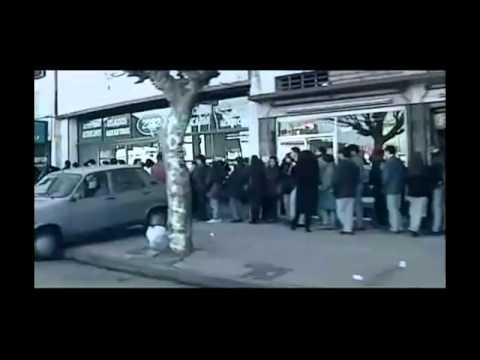After many years of apathy in the country, the insurrection exploded. The spontaneous revolt of “faceless” people meant saucepans were being banged in every neighborhood, all the way to the city’s vital centers. What happened to Argentina? How was it possible that in so rich a country so many people were hungry? The country had been ransacked by a new form of aggression, committed in time of peace and in a democracy. A daily and silent violence that caused greater social disruption, more emigration and death than the terrorism of the dictatorship and the Falkland Islands war. Ever since independence, almost 200 years ago, Argentina’s foreign debt has been a source of impoverishment and corruption and the biggest scandals. Since the first loan negotiated by Rivadavia in 1824 with the British Bank Baring Brothers, the debt was used to enrich Argentinean financiers, to control the finances and empty the country of its wealth. This foreign debt always went hand in hand with big business, and with the complicity of nearly every government, from Miter and Quintana to Menem and De la Rua. The policy of indebtedness gave rise in Argentina to generations of technocrats and bureaucrats, who favored banks and international corporations over their own country. Educated at Harvard, Chicago, Oxford or Buenos Aires, their portraits hang in the official galleries.
Argentina’s Economic Collapse

